Since the Muslim period, the defence of Al-Andalus became a primary objective and that is the reason why castles were built in fortifications located in strategic places. Most of them are over six centuries old, witnesses of the Middle Ages, built by the Arab population to defend themselves from the Christians fighting for the Reconquest. These fortresses or castles have survived to the present day as living witnesses of that exciting period.
The different recommended routes through the castles of the province of Seville promote the valuable architectural and historical legacy of these jewels located in numerous towns of the province and that centuries ago were meeting places for cultures, centres of trade and transmission of knowledge, as well as defensive enclaves, inherited from the recent Muslim past, reformed or rebuilt in some cases after the Christian reconquest.
In this way, the route will take us to know the defensive fronts known as the “Galician band”, which runs through the north of the province in order to control any incursion into it from the kingdom of Portugal, as well as the “Moorish band”, located on the south of the territory and which defended the border with the Nasrid kingdom.
To discover everything that the province of Seville has to offer in relation to this theme, four different routes are proposed. These are geographically close and related to the two defensive fronts mentioned above: the Galician band and the Moorish band.
Enjoy this proposal that combines the discovery of this interesting architectural and historical legacy with the tradition, idiosyncrasy and unique characteristics of our towns.
ROUTE: First route belonging to the Moorish band
Alcazar of King Peter
Located in the town of Carmona, it is actually the Parador Nacional de Turismo (National Tourism Parador). It is a building of Muslim origin which was the residence of the Taifa king of Carmona until the Reconquest. Peter I of Castille had it restored several times in the 13th century and turned it into one of his favourite palaces, a residence that would later use the Catholic Monarchs, who were responsible for embellishing the royal quarters.
The parade ground is today the Parador's car park, while the Royal House and its rooms constitute the Parador's halls and rooms. It was declared a National Monument in 1931.
Castle of La Monclova
It is located in the town of Fuentes de Andalucía. Of uncertain origin, the oldest remains of this castle date from the 14th century, being those of its walled enclosure and its keep. It is a rectangular castle with several towers.
The complex has undergone numerous remodelling works to adapt it to modern conveniences. Today, it is one of the key monuments in the town's heritage. Proof of the importance and beauty of the castle of Monclova is that it has been declared an Asset of Cultural Interest.
Today it is a private property and is used for numerous cultural events, weddings and other celebrations. We recommend you to take the opportunity to visit this castle during the celebration of its music festival, which brings together great artists every year.
Castle of El Hierro
The castle of El Hierro is located in the south-western area of the historical site of Fuentes. It is a castle of Muslim origin, probably Almohad or even older, which was transformed and adapted between the 15th and 16th centuries to serve as a residence for the lords of Fuentes. The castle occupied a strategic position from which it could control the ancient trade routes. The structure of the castle is practically intact, although its original appearance is hidden by the constructions that were annexed to it over time.
Castle of La Mota
This palace was at the top of the Mota hill, the highest point in Marchena. Nearby was the ducal square, the former parade ground of the palace. The ducal chapel, called San Juan de la Mota, and the convent of the Purísima Concepción, founded by the Dukes of Arcos, remain on the pipeclay esplanade where it once stood.
An Almohad construction (10th to 12th century), it had its own mosque and a military area. Some Arab remains are still preserved at the base of the Santa María tower, two tanks and the garden of the park connected through channels to the baths. The castle still has its main doorway, built in 1492 and which is now located at the entrance to the gardens of the Royal Alcazar of Seville.
Marchena City Wall
The Marchena city wall is located in the centre of the town. The total perimeter of the wall measured some 2,400 metres. Three gates can be observed nowadays: the Morón gate, the Seville gate and the Tiro de Santa María gate. The Morón gate currently houses the town’s Tourist Office; the Seville gate, also called Arco de la Rosa, was built in the 12th century and is perhaps the best defended of all, and the Tiro de Santa María gate gave access to the citadel, which was later used by the Dukes of Osuna to build their palace.
Castle of Estepa
The castle of Estepa, popularly known as Torre de Palacio, is located in the western end of the San Cristóbal hill, from where it overlooks the current town of Estepa. The castle is similar to those of Alcalá de Guadaíra and Utrera, all of which have a triangular layout and a flanking keep. According to the Inventory of European Cultural Heritage, there were two fortifications in Estepa. The first one would be the (Roman-Arabic) Military Enclosure and the second one would be the Castle, dated as Arab and from the 14th century. From the original castle of Estepa, the keep has been preserved and is in a good state of conservation, as well as the remains of the city wall.


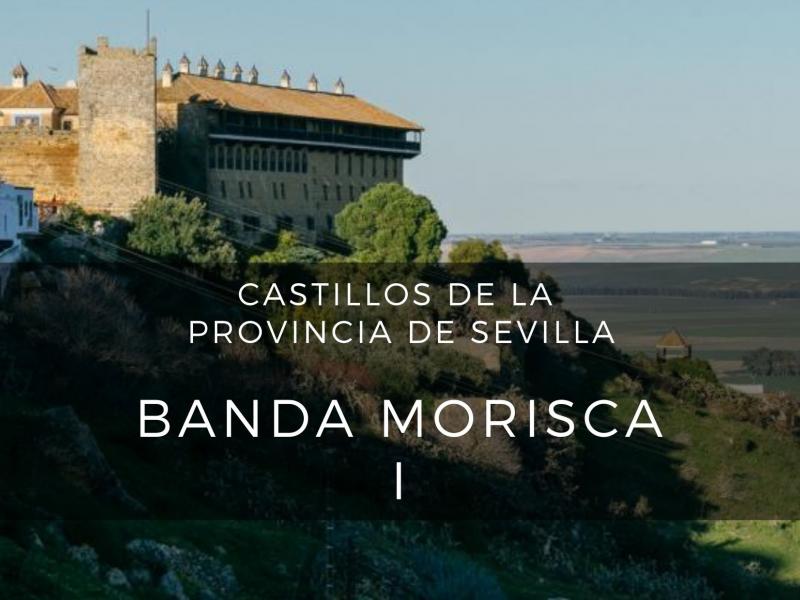
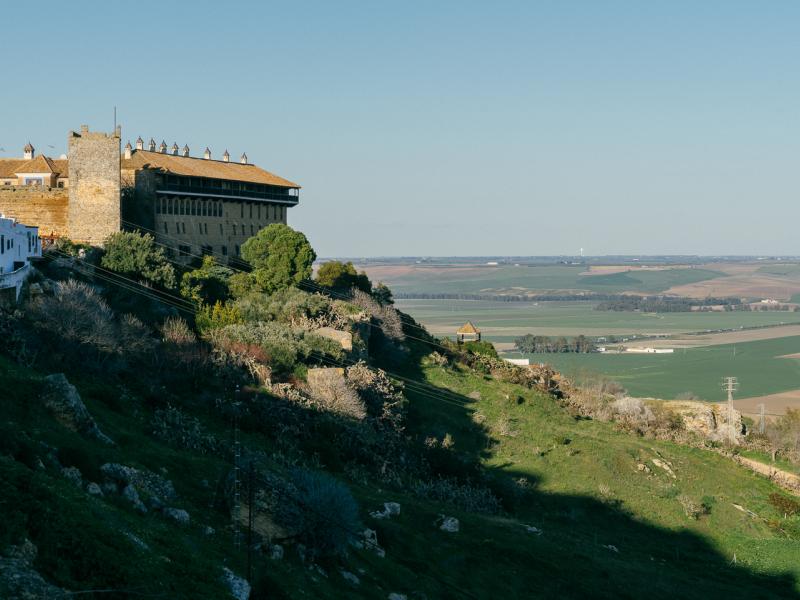
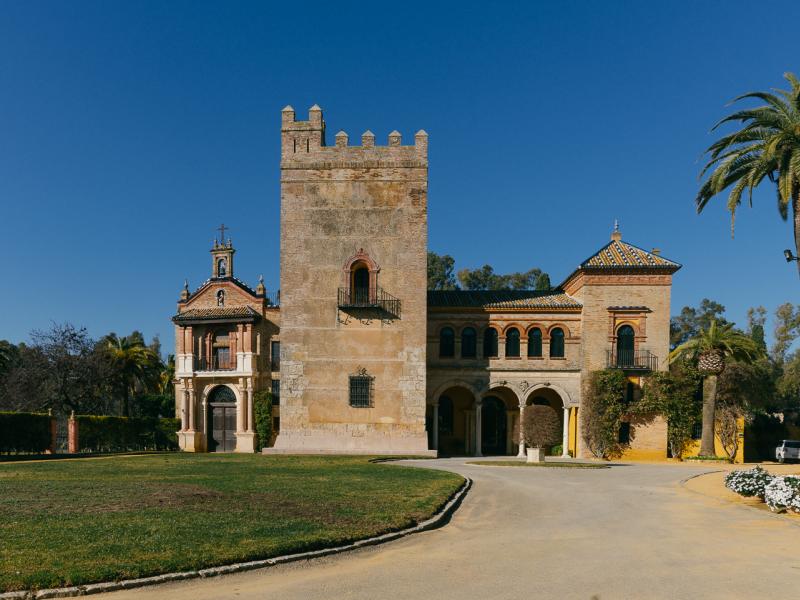
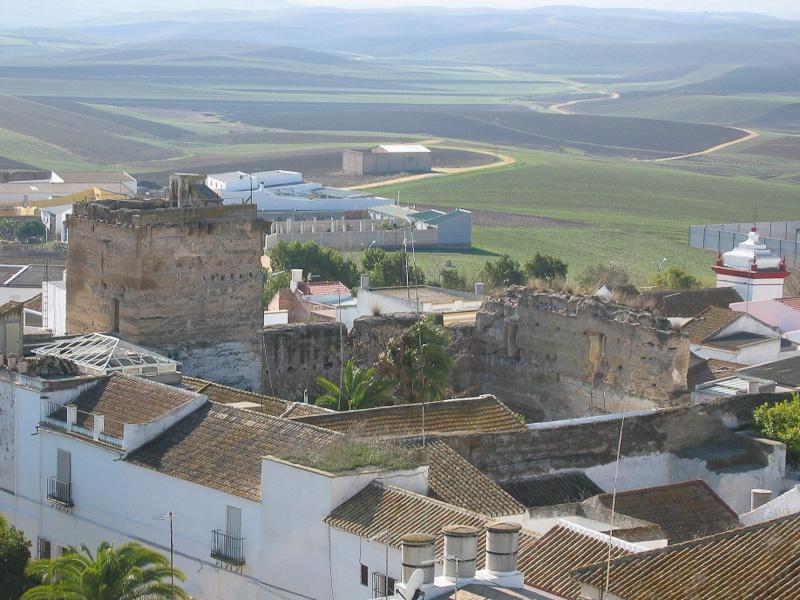
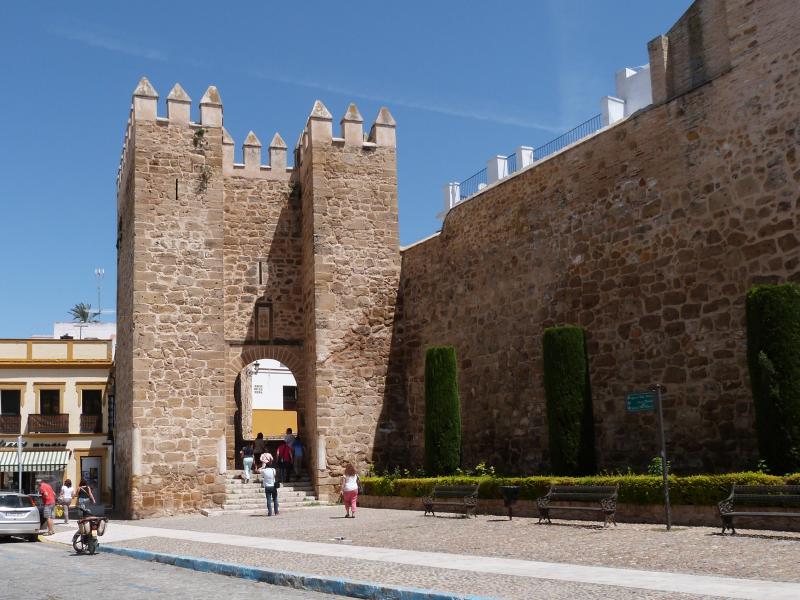
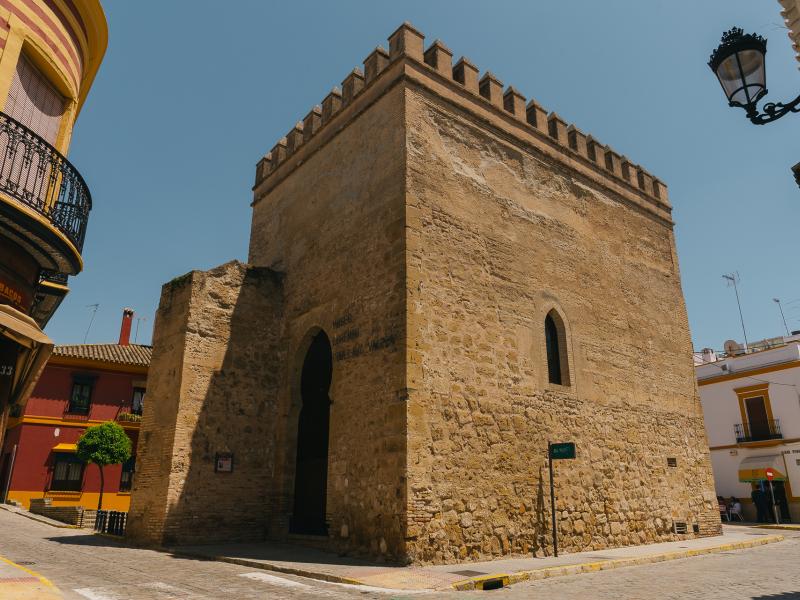
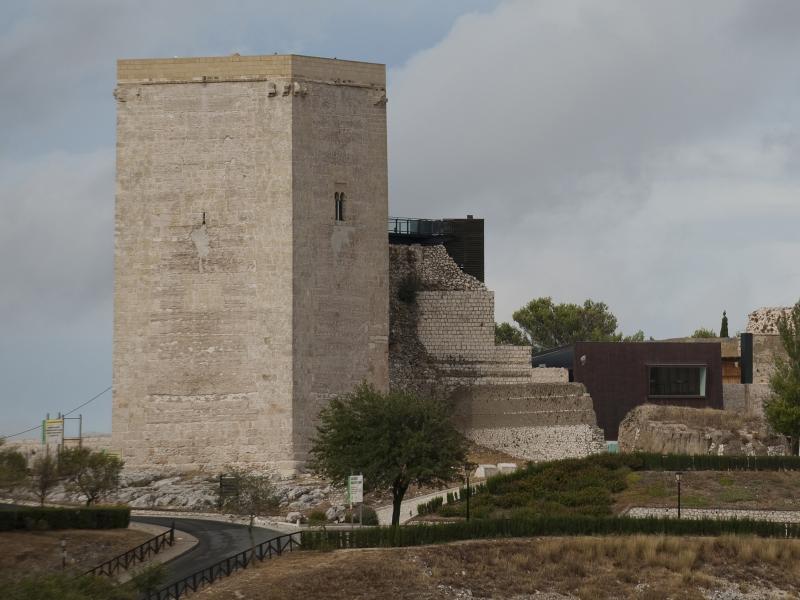
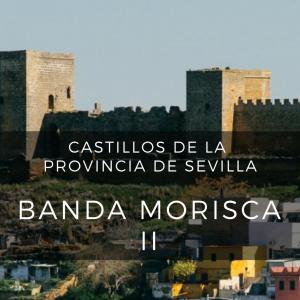
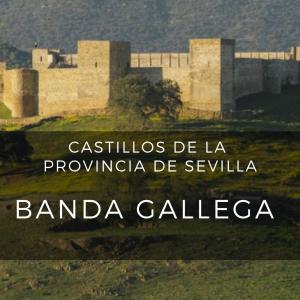
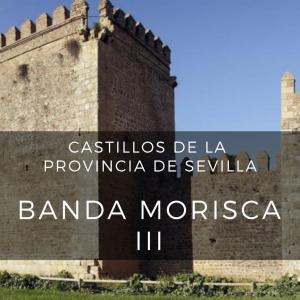

0 comments
New comment
The comments are moderated, so it takes a while to appear. If they contain offensive language they will not be published.